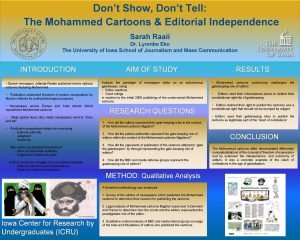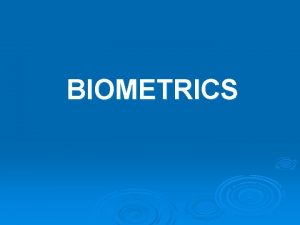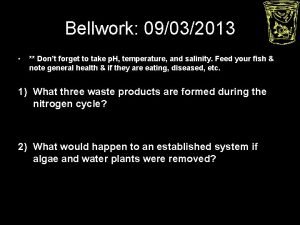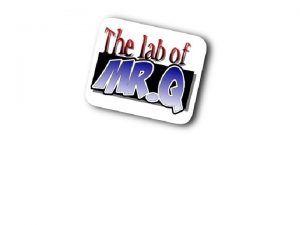Announcements Dont forget to take the test Dont











- Slides: 11

Announcements • Don’t forget to take the test! • Don’t discuss the test with classmates until Friday. • If you haven’t started your first project, now would be a good time (due 9 October). • Look for the moon this morning (what’s the angle between moon and sun? )

The Newtonian Universe • Planets and moons are just chunks of ordinary nonluminous matter, like the earth. • Planets and moons just drift through empty space, held in their orbits by gravity. • The particular sizes and shapes of the orbits are artifacts of the past. • Our sun is the source of all light in the solar system. • The stars are probably other suns, scattered through space, dimmed by their enormous distances from us. • The universe has no obvious center. • Nature is governed by universal, mathematical laws.

The Physics of Light 18 September 2003

Today: • The speed of light • Digression on energy

How fast does light travel? • With today’s fast electronics, it’s easy to measure the time for a pulse of light to cross an ordinary room (billionths of a second). • First measurement of the speed of light was by an astronomer: Olaus Roemer, 1675. Jupiter’s moons seem to orbit faster when earth is moving toward Jupiter, slower when earth is moving away.

How fast does light travel? Jupiter Earth 16 minutes Light travel time Jupiter’s moons appear to get 8 minutes ahead of schedule when we’re close, 8 minutes behind schedule when we’re on the far side. So light must take 8 minutes to travel 1 AU. (Size of 1 AU was measured around 1700, by triangulating Mars, Venus from 2 locations on earth, with aid of telescopes. )

Speed of Light 300, 000 meters per second (m/s) or 3 x 108 m/s or 300, 000 km/s Example: How long does it take light to reach you from the screen? distance speed = time = distance speed = 6 m 3 x 108 m/s = 2 x 10– 8 s = 0. 00000002 s (Be sure that you know how to use your calculator!)

How to quantify brightness? Light carries ENERGY. What is energy? I don’t know.

Types of energy Motion (“kinetic”) Gravitational Elastic Thermal Chemical Nuclear Electrical Radiant (light) Energy can be converted from one type to another, but cannot be created or destroyed. The total amount of energy in the universe never changes.

Units of energy 1 joule (official scientific unit; apple lifted 1 meter ) 1 Calorie (food) = 4000 joules (1 kg water, up 1ºC) 1 Jelly Donut = 250 Calories = 106 joules 1 BTU = 1000 joules ($0. 59) (1 lb water, up 1ºF) 1 kilowatt-hour = 3. 6 million joules (7 cents) 1 gallon of gasoline provides 30, 000 Calories ($1. 79) Typical American diet per day = 10 J. D.

Power = Rate of energy conversion = energy / time Power is measured in watts: 1 watt = 1 joule / second (1 kilowatt = 1000 watts; 1 horsepower = 750 watts; you convert energy at a rate of about 100 watts. ) The “brightness” of a light source is really its power, measured in watts. The “intensity” of light striking a surface is measured in watts per square meter. Example: The power of our sun is about 4 x 1026 watts; the intensity of direct sunlight at earth’s surface is about 1000 watts per square meter.





















